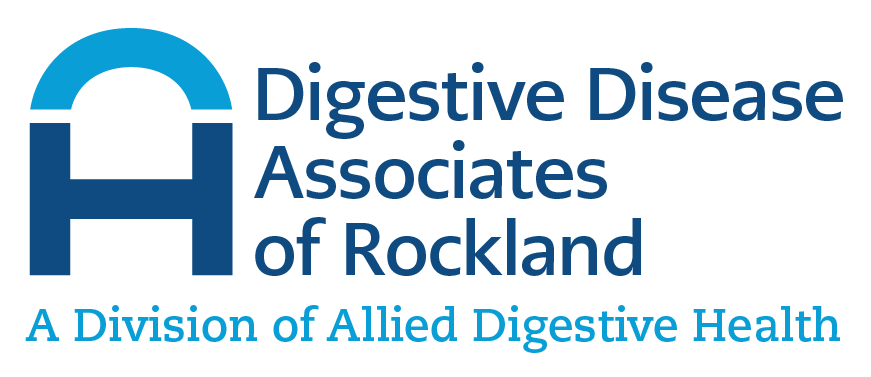What is Bravo pH Study?
This new technology allows physicians to accurately measure acid reflux for 48 hrs in the esophagus and correlate the acid level in the esophagus with the symptoms.
Patients will be asked to keep a daily recording of events such as eating, drinking, and lying down. Patients should also mark when and if they have any of these symptoms such as heartburn, chest pain, cough, or regurgitation.
Why is Bravo pH Study Done?
The procedure is usually done to confirm the presence of gastroesophageal reflux disease (GERD), particularly in cases where such a diagnosis is uncertain. For example, this test can be performed in patients who have typical symptoms of GERD but are not responding to standard anti-acid therapy. It can also be useful to establish or eliminate GERD as a cause for patients with symptoms not typically associated with GERD, such as chronic cough, sore throat, or hoarseness.
How Does One Prepare for Bravo pH Study?
Seven days before the test, do not take PPI such as Omeprazole (Prilosec), Lansoprazola (Prevacid), Pantoprazole (Protonix), Esomeprazole ( Nexium) or Dexlansoprazole (Dexilant). Two days before the test, also do not take pepcid, Zantac or raglan. Generally for 5 days prior to the procedure you should stop medications or vitamins containing iron, vitamin E, fish oil, garlic tablets, ginko biloba, ginseng or aspirin like products (Advil, Motrin, Aleve, Alka-seltzer,etc). Do not eat any solid food after 7:00pm, only clear liquids after dinner until midnight. You should have nothing to eat or drink after midnight.
How is Bravo pH Study Performed?
The capsule is temporarily attached to the wall of the esophagus during an upper endoscopy (under sedation). Some patients have an awareness of “something in the esophagus,” but patients generally tolerate it very well and do not usually have pain from the capsule.
The capsule transmits readings by radio telecommunications to a receiver worn on a patient’s belt. After the study is completed, the patient brings the recorder back to the endoscopy suite. The information is then downloaded to a computer for the doctor to review. The capsule simply falls off on its own and is lost in a patient’s bowel movements, usually within 7-10 days (patients may not see it).
What Happens after Bravo pH Study is Done?
Patients can resume a normal diet, medication, and activities. No MRI exams should be performed for 30 days.
What are the Risks Associated with Bravo pH Study?
Overall, the risks associated with the Bravo pH study are very low. Bleeding can occur at the implantation site, but such bleeding often stops on its own or can be controlled through the endoscopy. There are a few occasions where the capsule fails to detach from the esophagus in the usual timeframe. In those cases, an upper endoscopy may be repeated to detach the capsule. A perforation (a hole or a deep tear in the lining of the gastrointestinal tract) may require surgery, but this is a very uncommon complication. Other risks involve complications related to the anesthetics and sedatives (breathing difficulties, aspiration) or complications related to heart and lung disease.

